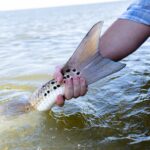
Bowfishing Banned in Biloxi Marsh
Feature Photo: Carter Abramson | Simms Fishing at the Fisheries Science Symposium We have more
Tagging programs provide a window into the lives of migratory fish. Several years ago, the American Saltwater Guides Association initiated a tagging effort through the NOAA Cooperative Tagging program built to collect data on an important but underserved species, the false albacore. NOAA Fisheries started its Cooperative Tagging program in 1954. The program distributes fish tags to recreational and commercial anglers targeting specific species. Since its inception, anglers have deployed over 270,000 tags over 70 fish species.
Throughout the three years that the Albie Project has been in motion, ASGA guides and anglers deployed traditional spaghetti tags on released albies, aiming to gather movement data, insights into stock distribution, and potential stock boundaries. Such information can be crucial for better understanding our fisheries and how to manage them properly. Albie Project participants have successfully deployed over 875 FLOY tags. 12 of those tagged albies have already been recaptured. While 12 may not seem like a lot at first, this many repeat interactions with a set of ~900 fish throughout the entire Atlantic Ocean raises questions about the abundance of this fishery. This recapture data provides insights into the lifecycle and movement of vital fisheries. With the wealth of information collected so far, ASGA has determined it prudent to expand the program to other underserved coastal migratory species to help build a more robust understanding of our saltwater fisheries.
Learn more about the new faces of the ASGA Coastal Pelagics Tagging Program below.
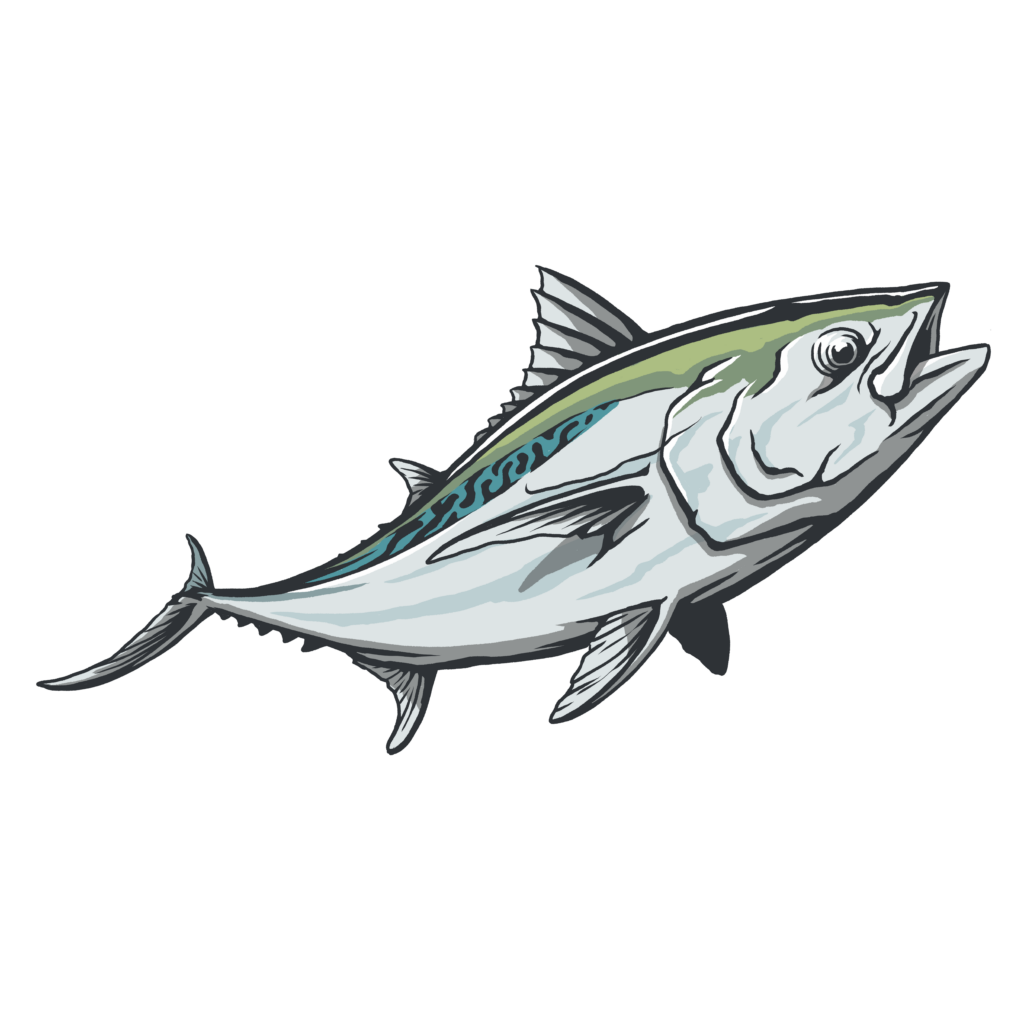
FALSE ALBACORE
Albies have a cult following throughout the Atlantic coast and much of the ASGA membership depends on them. There are an estimated half of a million trips targeting false albacore annually but, unfortunately, there is no formal management for this species so important to many coastal communities. The scientific understanding of false albacore is limited as well, but through ASGA’s Albie Project, we are greatly expanding and improving that science, answering questions about coastal movements, stock structure, and survivability.
Recognizing the value of false albacore, ASGA has explored and recommended several formal management “levers.” First, we encouraged the South Atlantic Fishery Management Council to formally include false albacore under its Coastal Migratory Pelagics Fishery Management Plan. This effort resulted in the SAFMC agreeing to conduct a report on landings and fishery dynamics every three years–this was a positive step in the right direction. Then we leveraged a false albacore adjacent agenda item at an Atlantic States Marine Fisheries Commission to consider what ASMFC management of false albacore and Atlantic bonito might look like; this process remains ongoing but there is relatively strong support from ASMFC Commissioners. Finally, North Carolina has initiated formal rulemaking for a trigger-mechanism to implement commercial and recreational management measures for false albacore. Each of these management avenues were made possible by your support of ASGA’s advocacy and science efforts. As the science continues to mature, we are confident that proactive and precautionary management is a reality for false albacore.
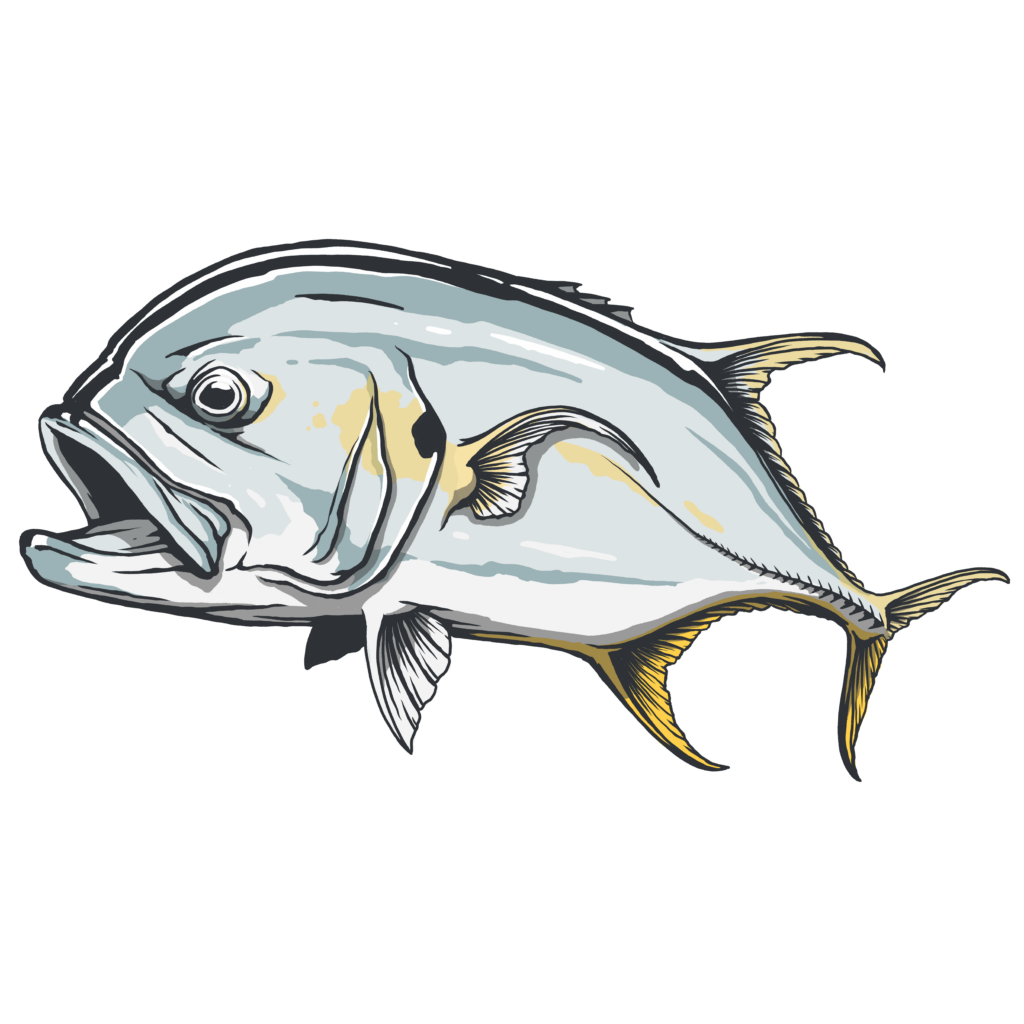
JACK CREVALLE
Jack crevalle are one of the more underrated migratory game fish in domestic waters. They possess all of the key characteristics game fisherman look for in a trophy catch. Management, however, is very loose as jacks are not earmarked as a “high value species”. Texas and South Carolina have no size limit or bag limit for these fish, Florida is two fish or 100 lbs per person per day (whichever is more), whereas North Carolina is 100 fish per angler with a 400 fish per vessel limit. However, the tide is changing as more and more anglers are becoming obsessed with the “United States GT”. With this rise in popularity and the value for guides throughout the South, ASGA focused on helping provide data to help lay the framework for precautionary management. This jack tagging initiative marks another community-driven effort by ASGA fishing guides to proactively conserve an emerging fishery, ensuring sustainable practices well before any conservation crisis emerges. ASGA guides aim to contribute to a comprehensive understanding of jack movements with the long-term health of the jack population as their top priority.
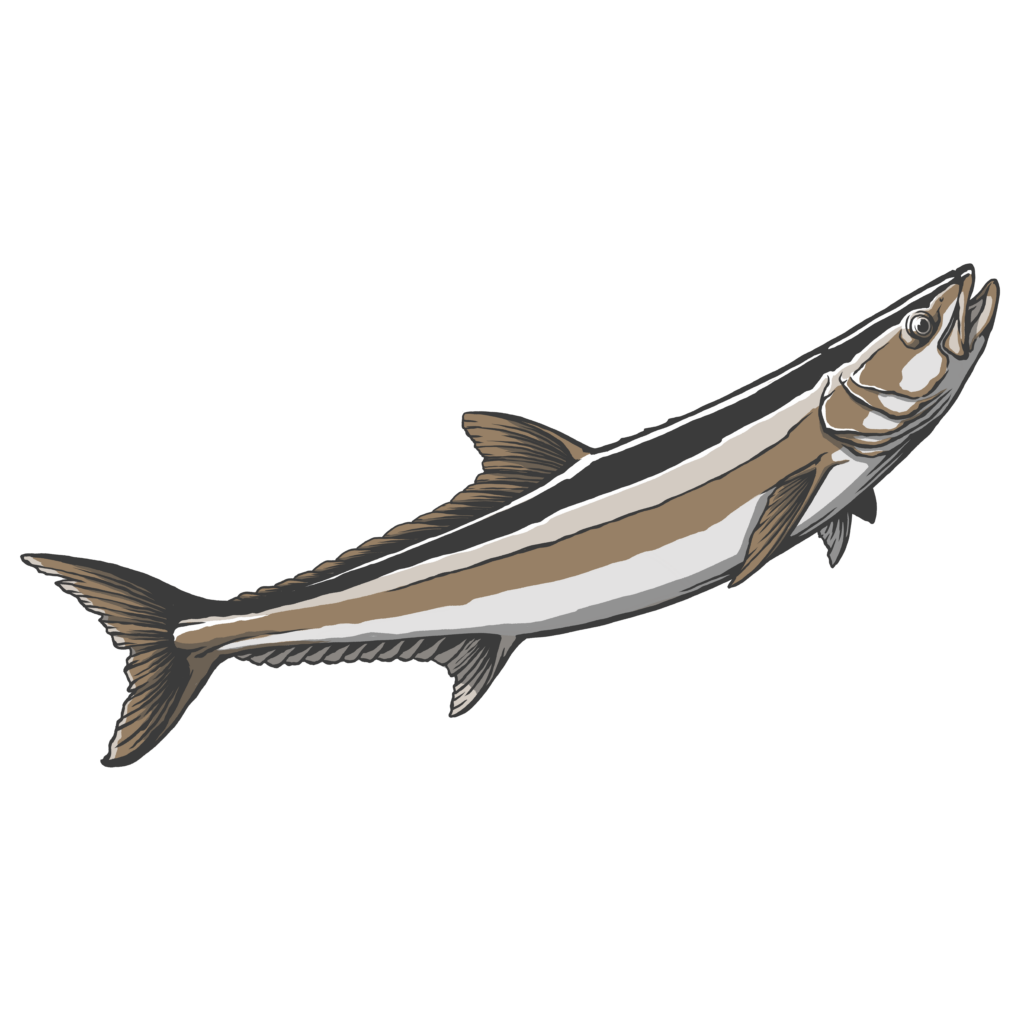
COBIA
Atlantic cobia are formally managed, but the species’ management history and efficacy is complicated and challenged by uncertain recreational data. Nearly a decade ago, cobia were cooperatively managed by the ASMFC, SAFMC, and the Gulf Council. However, the ASMFC assumed primary management authority in 2019 because the bulk of the fishery was occurring in state waters (0-3 miles from shore). Today, the ASMFC manages Atlantic cobia from the Florida-Georgia border northward using commercial and recreational harvest targets with minimum size limits and vessel limits; Florida’s cobia fishery is managed separately as the Gulf of Mexico Migratory Group
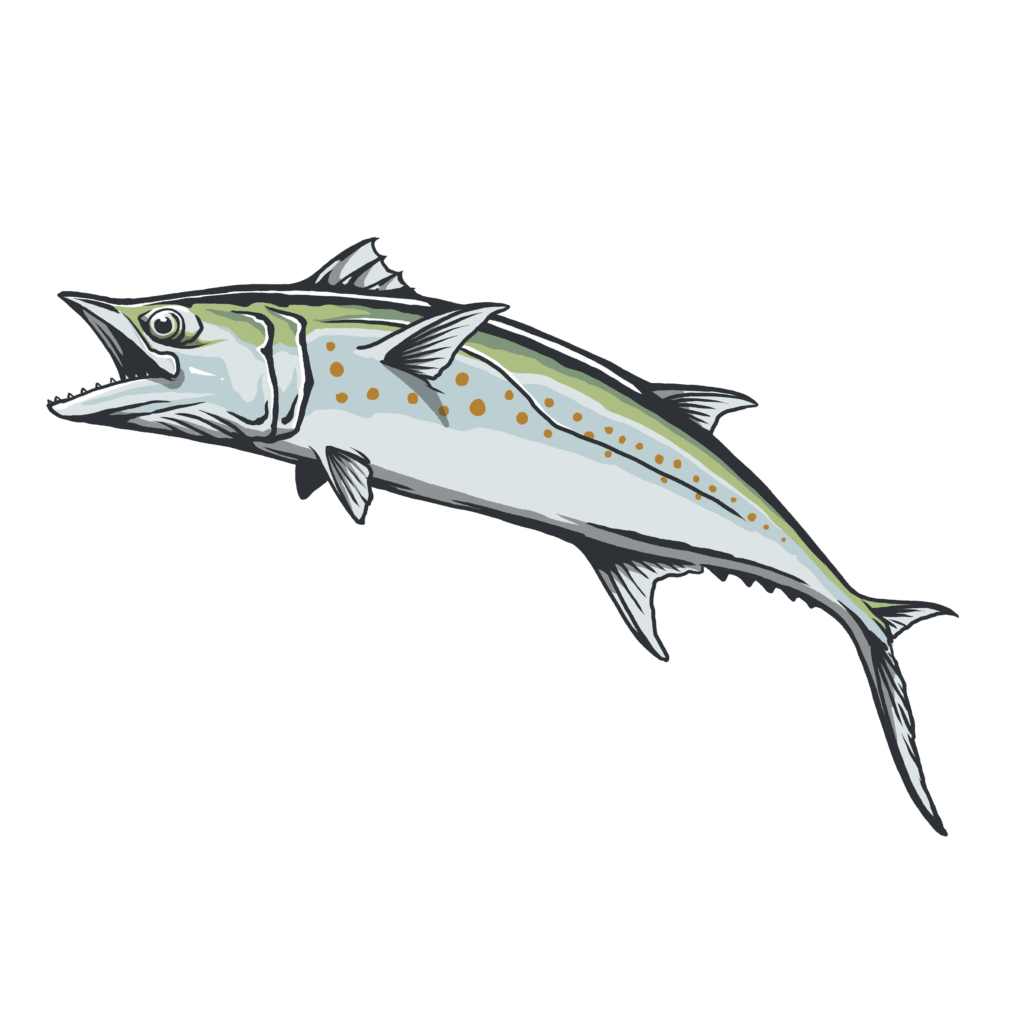
SPANISH MACKEREL
Along the Atlantic coast, Spanish mackerel are cooperatively managed by the ASMFC and SAFMC. Extensive commercial and recreational fisheries exist for spanish mackerel–the current allocation splits along the Atlantic are 55% commercial and 45% recreational with a time series average of 7.3 million pounds landed annually. In recent years, Spanish mackerel management has been hindered by high uncertainty in stock assessments and recreational data in addition to the stock’s distribution shifting with climate change and marine conditions. Filling these gaps in data will be pertinent for future management decisions
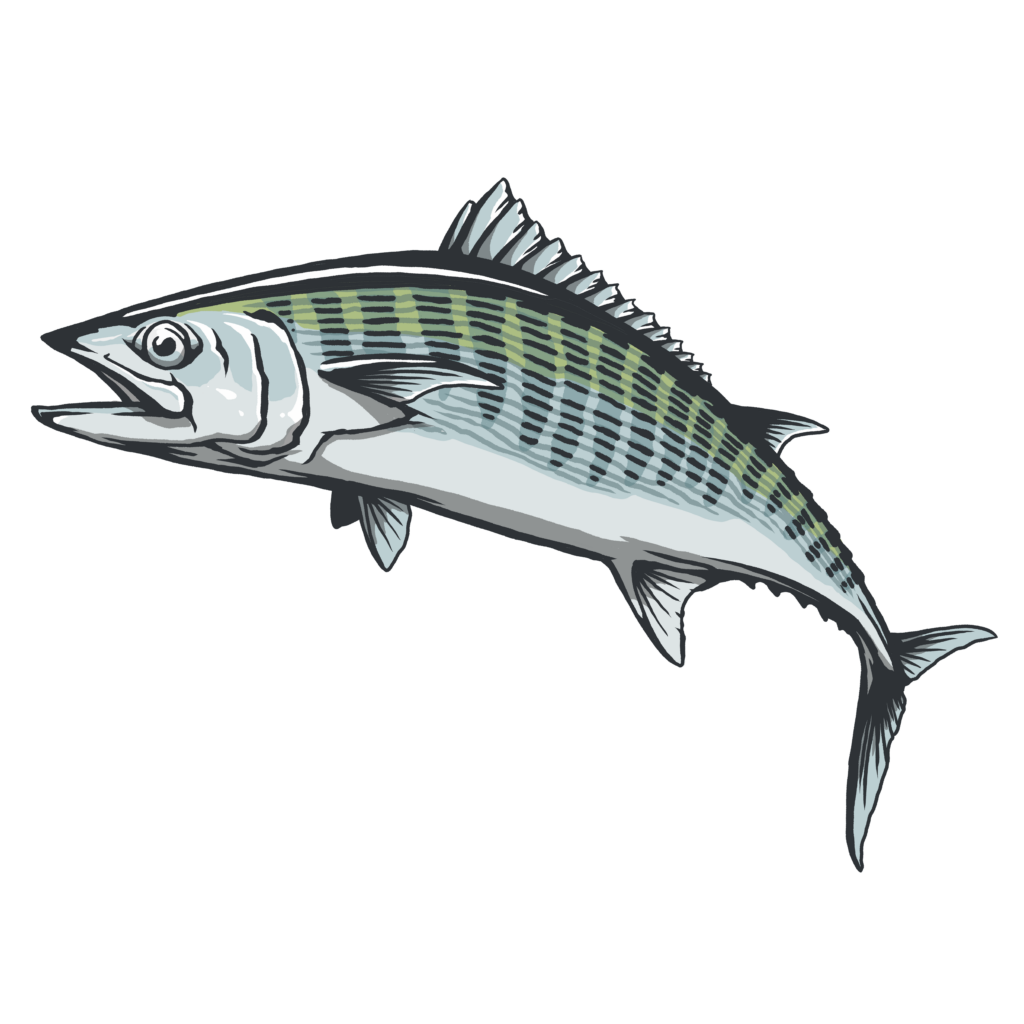
ATLANTIC BONITO
Similar to false albacore, Atlantic bonito offer anglers semi-reliable seasonal fisheries throughout much of the Atlantic coast, yet have no formal management. By all accounts there is more commercial and recreational effort on false albacore than Atlantic bonito, but bonito are highly regarded for their sushi-quality meat, which presents a whole different dynamic and need for proactive management. A couple years ago at an ASMFC Meeting, Massachusetts Division of Marine Fisheries brought up the idea of potentially managing Atlantic bonito, because they had a huge influx of juveniles. This conversation morphed into exploring ASMFC management opportunities for albies and bonito, but has yet to materialize into anything tangible. However, ASGA continues to encourage states and the ASMFC to act proactively with precautionary management–especially as we continue expanding our research and tagging efforts to provide much needed data for driving good decisions.
Quality data lies at the epicenter of smart management, but oftentimes recreational anglers are on the outside looking in as scientists and managers operate the system. Times are changing as everyday anglers now have an opportunity to contribute to the process and have a seat at the table. This momentum with citizen science offers us all the opportunity to contribute pertinent data and help drive meaningful decisions for our shared resources. If you want to learn more about the program, we encourage you to contact tagging@saltwaterguidesassociation.org.

Feature Photo: Carter Abramson | Simms Fishing at the Fisheries Science Symposium We have more
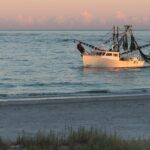
Each year, hundreds of millions of fish are killed as collateral damage from large-scale, inshore
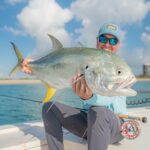
Feature Photo Credit: Scientific Anglers Team At the heart of the Jack Project is a

Header Photo: Camden Spear Over the past several years, ASGA has consistently championed science-based, precautionary
We rely on our members and donations to keep fighting for a sustainable tomorrow in marine conservation.
GIVE THE GIFT OF FISHERIES CONSERVATION THIS HOLIDAY SEASON. SHOP ASGA GOODS THAT FUND FISHERIES RESEARCH & ADVOCACY CAMPAIGNS
JOIN ASGA IN CALLING FOR CRITICAL MANAGEMENT ACTION AFTER YEARS OF SPAWN FAILURES & POOR MANAGEMENT.
By using this website, you agree to our use of cookies. We use cookies to provide you with a great experience and to help our website run effectively. To learn more, please review our privacy policy.
One Response
ASGA continues to be the leader for responsible fishery management our fisheries (and the recreational fishing community) so desperately needs. Thank you for all you do! I am especially supportive of management and harvest/creel limits for Atlantic Bonito. Over harvesting is why the average Bonito size is so much smaller compared to two decades ago. The boom-and-bust cycles must be partially due to taking undersized fish and too many fish.